Air distribution in healthcare facilities is very important, as you not only want to ensure the safety of the patients but also the healthcare workers. A proper air distribution system will provide contamination control to mitigate the transmission of airborne pathogens, while providing the proper amount of ventilation air at the proper temperature and humidity. When looking specifically at operating rooms (ORs), this is especially critical as patients are undergoing surgical procedures, leaving them at a higher potential for risk of infection.
The modern-day operating room can present some design challenges for the system. When designing an OR, it is important to take into consideration the following items:
- Space Requirements (Size of Room)
- Airflow Requirements (CFM, Temperature, Humidity, Relative Humidity, & Pressurization)
- Medical Equipment (Equipment Manufacturer & Mounting)
Space Requirements
The size of the operating room is determined by the size of the sterile field, circulation pathway, movable equipment, and anesthesia zone and will typically range in size from 400 to 800 square feet.
- Small operating room – 400 sq ft
- Standard operating room – 500 sq ft
- Orthopedic operating room – 600 sq ft
- Cardiac operating room – 600 sq ft
- Neurological operating room – 600 sq ft
- Hybrid operating room – 650 sq ft
- Transplant operating room – 800 sq ft
The OR often houses imaging equipment, equipment rails, diffusers, light booms, operating tables, anesthesia systems, robotic surgical equipment, and storage equipment which can take up a lot of space.
When reviewing the design, it is important to take into consideration not only the layout and movement of the equipment but how the occupants can move around in the space effectively and safely. Mapping the workflow of a procedure that minimizes disruptions can improve patient safety and staff safety.
Airflow Requirements
When designing an operating room, one of the first steps that you need to take is to identify the airflow requirements for the space as defined by ASHRAE 170-2021 (Ventilation of Health Care Facilities). Based on ASHRAE 170-2021, an operating room should:
- be a positively pressurized space with a minimum of 20 ACH (air changes per hour).
- have a minimum filtration efficiency of MERV (minimum efficiency reporting value) 16 but will require HEPA (High Efficiency Particulate Air) filters for orthopedic procedures, transplants, burn units, or neurosurgeries.
- have a design relation humidity between 20 and 60 percent.
- have a temperature range of 68 to 75 degrees Fahrenheit.
- NOT have any of the air recirculated back to the space.
- have a minimum of 20 ACH (air changes per hour) total (4 minimum ACH outdoor air).
- have a primary supply diffuser where no more than 30% is used for non-diffuser uses, that extends a minimum of 12” past the operating table.
Medical Equipment
There are numerous medical equipment manufacturers, and it is important to note that they all require a unique ceiling level strut channel layout as it pertains specifically to their equipment. Coordination between engineers, architects, engineers, and equipment suppliers is KEY to not only meet ASHRAE 170 design requirements for the system but to properly support and install the medical equipment. When considering the type of medical equipment to use, it is also important to consider maintenance and servicing of that equipment. Per ASHRAE 170 section 6.7.2 (Air Distribution Devices), air distribution equipment should:
- have surfaces that are suitable for cleaning.
- have supply air diffusers that are designed and allow for internal cleaning.
Below are several support strut layouts for different medical equipment manufacturers. Equipment rails are outlined in green while support struts are outlined in orange.
Now it is very important to also consider diffuser layout when looking at the structural support designs. In some cases, structural support designs could have been finalized, however, the design could make it impossible to install the diffusers. In the figure below, the support struts (orange) were designed properly, however, the equipment rails (green) were not considered, and the diffusers (blue box) would not be able to be opened for cleaning.
The figure below shows an “ideal” layout of equipment which meets ASHRAE 170 design requirements as well as the equipment requirements. None of the equipment rails or supports struts conflict, and the diffusers are positioned for installation and maintenance.
Price UltraSuite (USA)
The Price UltraSuite (USA) is a customizable air distribution system designed specifically for operating rooms and incorporates an integrated LED (light emitting diode) lighting system. LED lighting allows for the surgeon and nurses to properly see the patient while operating, and since the lighting is positioned directly above the patient, it reduces the shadows within the surgical area. Lighting within this system is dimmable and is available with different color temperatures to meet the requirements of the space.
There are two types of ventilation systems accepted for operating rooms: 1) laminar diffuser systems and 2) air curtain systems. The UltraSuite is a laminar flow system which provides a downward supply of air at a low velocity, and the return air is exhausted through floor grilles.
Since this system incorporates lighting into the laminar flow diffusers, it allows for more ceiling space to be utilized by other equipment. The UltraSuite is a “single” large diffuser which is designed of multiple low profile (12”) laminar flow diffusers that utilize a common plenum. This design is fully customizable and can be designed around any medical equipment layout.
Per ASHRAE 170, section 6.7.2, which requires that equipment shall be cleanable, the UltraSuite was designed for easy access and maintenance. The laminar diffuser faces have stainless steel fasteners and cables that allow for the diffuser face to be safely removed. The integrated LED lighting is sealed in an IP67 (Ingress Protection Rating) rated fixture which keeps out particles, other debris, and liquids. The UltraSuite also comes with a remote-control panel which houses the LED drivers which can be mounted in another space for maintenance.
No matter how complex your operating room design is, you can count on Brucker and Price Industries to provide a solution. This solution will not only satisfy the requirements of the space and ASHRAE 170, but ensure performance and efficiency, as well as aesthetics for the space. Contact your local Brucker representative to find out more about Price Industries’ offering on the UltraSuite.
- Ultrasuite – Critical Environments. Price Industries. (n.d.). https://www.priceindustries.com/criticalenvironments/products/ultrasuite
- USA-UltraSuite-Catalog. UltraSuite. (n.d.). https://www.priceindustries.com/content/uploads/assets/literature/catalogs/catalog-pages/section%20a/usa-ultrasuite-catalog.pdf
- Jeffries, J. (2022, May 13). Medical design: From architecture to operating equipment. Infinium Medical. https://infiniummedical.com/medical-design-from-architecture-to-operating-equipment/
- 21: Applications of Health Care HVAC. (n.d.). In Engineer’s Handbook (1st ed., pp. 25–34). essay.
- Ventilation of Health Care Facilities. ANSI/ASHRAE/ASHE Standard 170-2021. (2021). https://ashrae.iwrapper.com/ASHRAE_PREVIEW_ONLY_STANDARDS/STD_170_2021
- Industries, P. (n.d.). Operating room ceiling design. The Science of Comfort – Price Industries HVAC blog. https://blog.priceindustries.com/operating-room-ceiling-design

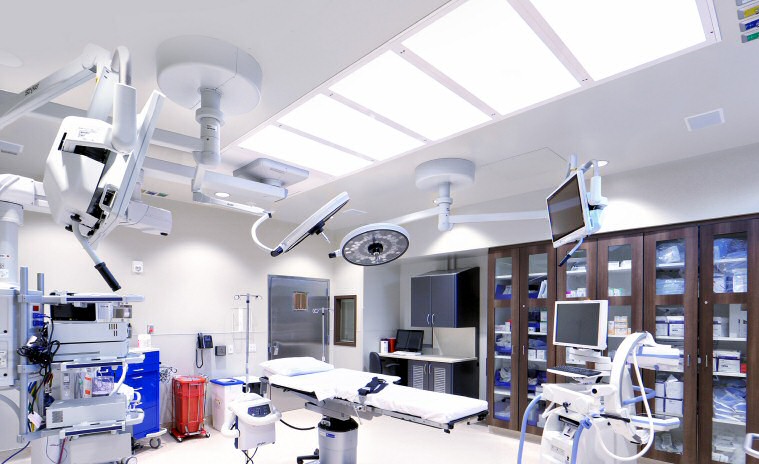
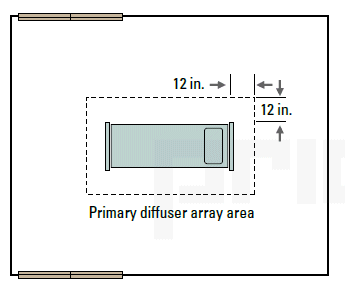
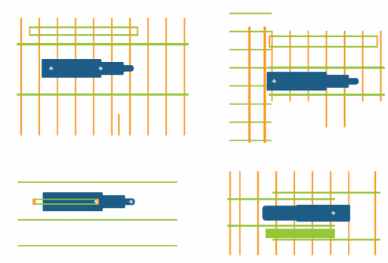
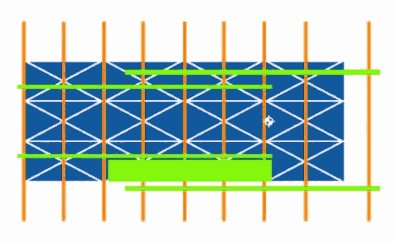
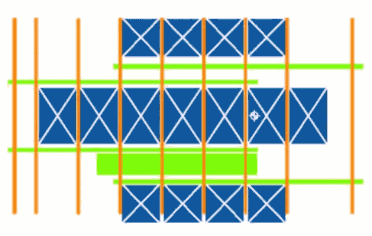
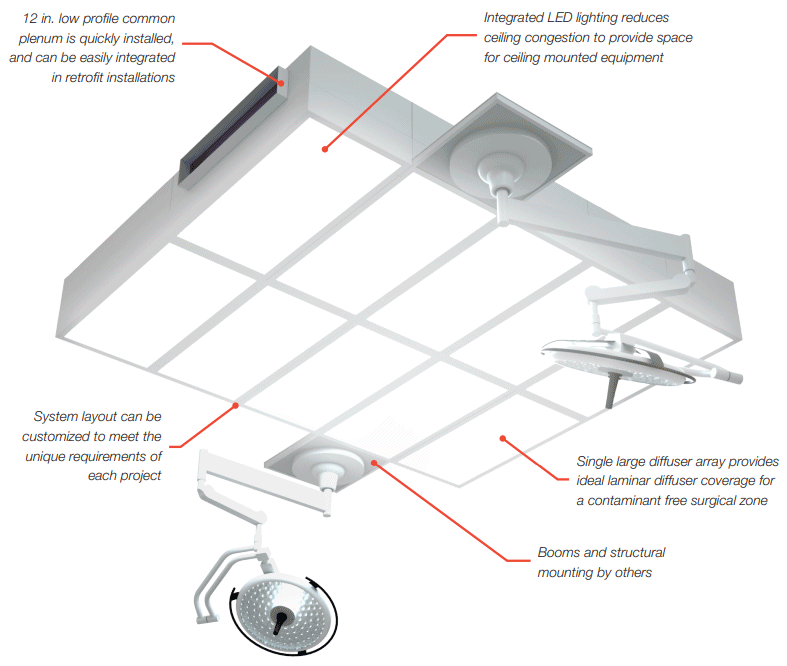
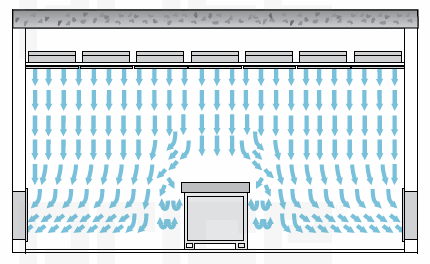
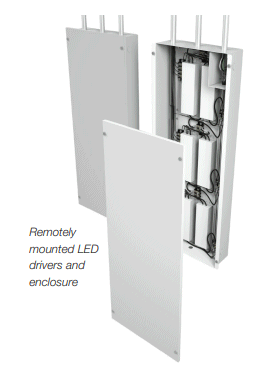
Recent Comments